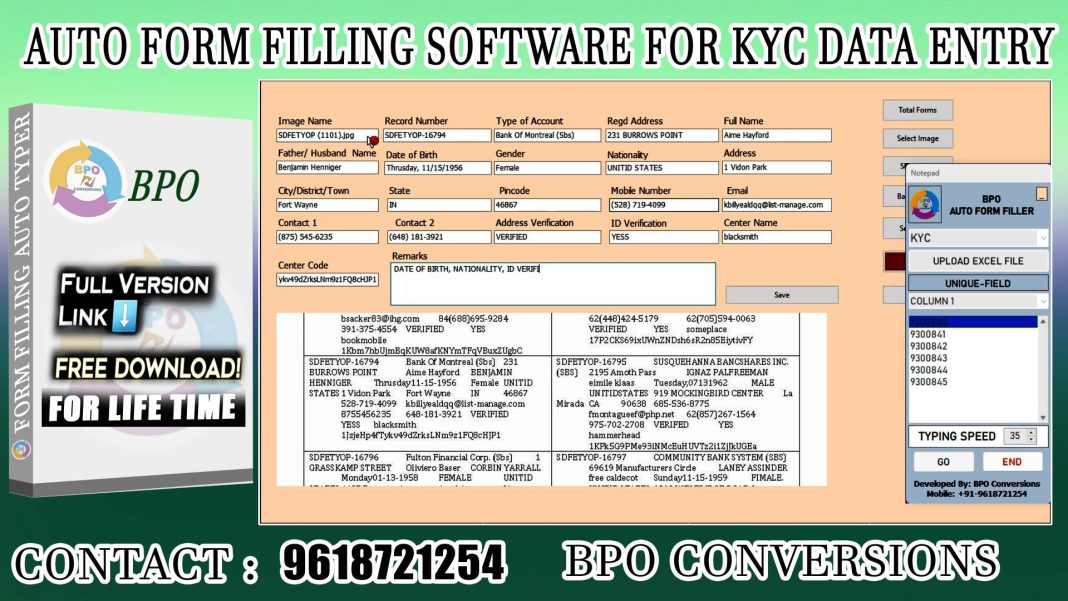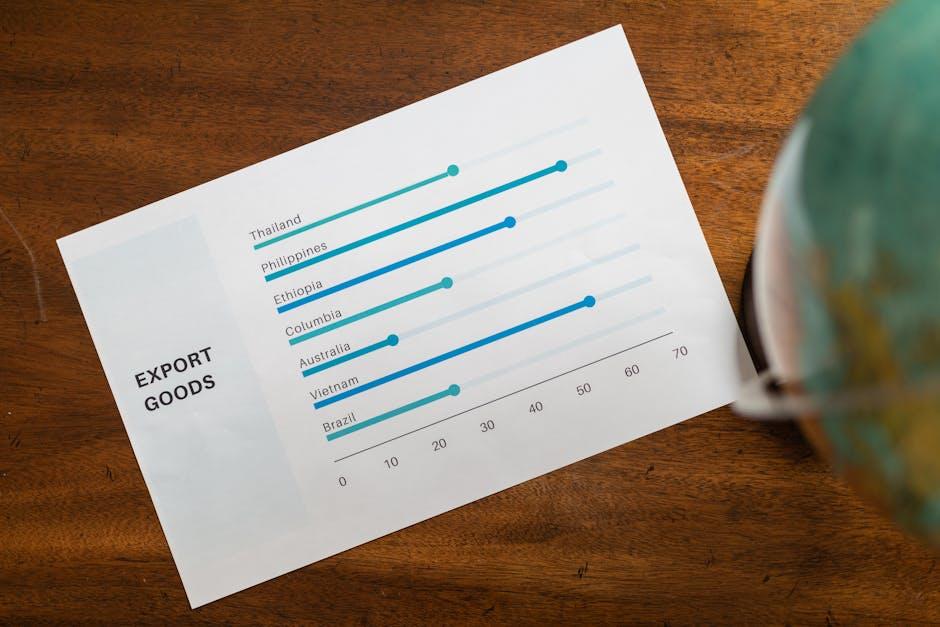In the intricate tapestry of global finance, where trillions of dollars traverse borders at the speed of light, the shadows of financial crime loom large, threatening to unravel the very fabric of economic stability. Amidst this delicate balance, a powerful guardian stands vigilant—Know Your Customer (KYC). Often perceived as a mere regulatory checkbox, KYC is, in reality, a formidable sentinel in the battle against financial malfeasance. This process, rooted in the meticulous verification of identities and the diligent scrutiny of transactions, serves as the first line of defense against the ever-evolving tactics of money launderers, fraudsters, and other financial criminals. As we delve into the pivotal role of KYC in financial crime prevention, we uncover its profound impact on safeguarding the integrity of financial systems worldwide, ensuring that the wheels of commerce turn smoothly and securely. Join us as we explore how this essential mechanism not only protects institutions but also fortifies the trust that underpins the global economy.
Understanding the Foundations of KYC in Safeguarding Financial Systems
In the intricate landscape of financial systems, Know Your Customer (KYC) processes stand as a formidable bulwark against illicit activities. KYC is not merely a regulatory requirement but a strategic approach that financial institutions employ to understand their clients and mitigate risks associated with money laundering, fraud, and other financial crimes. By meticulously verifying the identity of clients, financial entities can detect suspicious activities early, thereby safeguarding the integrity of the financial ecosystem.
Implementing effective KYC measures involves several critical components:
- Customer Identification: Collecting and verifying personal data to ensure the authenticity of a client’s identity.
- Risk Assessment: Evaluating the potential risk a client poses based on their financial activities and background.
- Ongoing Monitoring: Continuously tracking client transactions to identify any unusual patterns that may indicate fraudulent behavior.
By fortifying these foundational elements, financial institutions not only comply with regulatory standards but also enhance their ability to prevent financial crimes, fostering a secure and trustworthy financial environment.

Unveiling the Mechanisms: How KYC Detects and Deters Financial Crime
At the heart of financial crime prevention lies a robust process known as Know Your Customer (KYC). This powerful mechanism operates by meticulously verifying the identity of clients through a series of stringent checks and balances. KYC serves as the first line of defense against illicit activities such as money laundering, fraud, and terrorist financing. By requiring customers to provide valid identification documents, proof of address, and other personal information, financial institutions can create a comprehensive profile of each client, effectively reducing the risk of engaging with malicious actors.
- Identity Verification: KYC procedures employ advanced technologies like biometric verification and AI-driven algorithms to authenticate the true identity of individuals.
- Risk Assessment: By analyzing customer data, institutions can assess the risk level associated with each client, enabling them to tailor their monitoring and reporting efforts accordingly.
- Continuous Monitoring: KYC is not a one-time process; it involves ongoing scrutiny of transactions and behaviors to detect suspicious activities promptly.
Through these mechanisms, KYC not only acts as a gatekeeper, but also as a vigilant watchdog, ensuring that the financial ecosystem remains secure and trustworthy.

Strengthening Compliance: Best Practices for Effective KYC Implementation
To fortify compliance in the ever-evolving landscape of financial crime prevention, organizations must adopt robust Know Your Customer (KYC) strategies. Implementing effective KYC practices requires a meticulous approach that not only meets regulatory requirements but also enhances the overall security framework. Here are some best practices to consider:
- Comprehensive Customer Profiling: Develop detailed customer profiles by collecting and analyzing relevant data. This includes verifying identity documents, understanding the nature of the customer’s business, and assessing the risk level associated with each customer.
- Continuous Monitoring: Implement ongoing monitoring systems to detect unusual activities or changes in customer behavior. This proactive approach helps in identifying potential risks early and allows for timely intervention.
- Leveraging Technology: Utilize advanced technologies such as AI and machine learning to automate and enhance the KYC process. These tools can help in efficiently processing large volumes of data and identifying patterns that may indicate fraudulent activities.
- Regular Training and Updates: Ensure that staff are regularly trained on the latest compliance regulations and KYC procedures. Keeping the team informed about new threats and regulatory changes is crucial for maintaining an effective compliance program.
By embedding these best practices into the KYC framework, organizations can significantly reduce the risk of financial crimes while ensuring compliance with global standards. This strategic approach not only protects the institution but also fosters trust and transparency with customers.

Future-Proofing Financial Security: Innovations and Recommendations in KYC
In the rapidly evolving landscape of financial services, Know Your Customer (KYC) processes are pivotal in safeguarding against financial crime. As technology advances, so do the methods employed by malicious actors, necessitating a proactive approach to KYC. The integration of artificial intelligence and machine learning is revolutionizing these processes, enabling financial institutions to not only verify identities with unprecedented accuracy but also to predict and preempt potential threats. These technologies analyze vast datasets to identify patterns and anomalies that may indicate fraudulent activity, thereby enhancing the robustness of financial security frameworks.
To future-proof financial security, several innovations and recommendations should be considered:
- Biometric Verification: Utilizing fingerprint, facial recognition, and voice analysis to ensure the authenticity of customer identities.
- Blockchain Technology: Leveraging decentralized ledgers to create immutable records of customer interactions, enhancing transparency and trust.
- Continuous Monitoring: Implementing real-time monitoring systems that adapt to new threats and adjust verification processes dynamically.
- Regulatory Collaboration: Engaging with global regulatory bodies to harmonize standards and share intelligence on emerging threats.
By embracing these innovations, financial institutions can not only comply with regulatory requirements but also build a resilient defense against the ever-evolving tactics of financial criminals.





